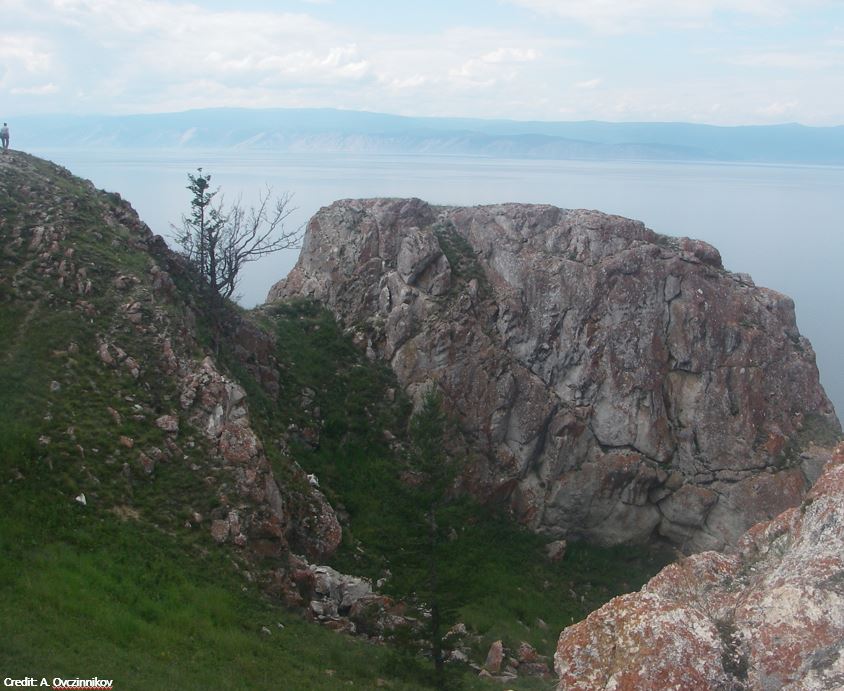Rolfsmeier shares Lappula research in Graves Lecture

CHADRON – During the first Graves Lecture of the spring semester, Dr. Susan Rolfsmeier presented “From the Badlands to Lake Baikal: Unraveling a Botanical Mystery” highlighting her doctoral research.
Rolfsmeier, who is an Academic Advisor with Project Strive TRiO at CSC, said her interest in botany came naturally since she spent a lot of time outside in her youth on St. Thomas in the U.S. Virgin Islands looking at plants. Later, a college professor told her there was a need for taxonomists, which further piqued her interest in the field.
During a dinner with her research partner and husband, Steve Rolfsmeier, she asked what problem she could study. Steve Rolfsmeier suggested she could find out more about the North American Lappula species in the forget-me-not family, specifically, whether they were native or introduced to North America. A year later, in 2003, the Rolfsmeiers and a CSC student explored the Badlands in the northern Great Plains collecting Lappula specimens and making field observations funded by a CSC research institute grant sponsored by the late Dr. Ron Weedon.
The group features plants with sparsely hairy branches, and small blue flowers less than a quarter of an inch wide. The average height of the herbaceous annuals is less than 10 inches. They grow in a variety of habitats including desert and semi-deserts, steppe, and mountains.
“These are plants with a sense of humor. Cute little flowers with burs that catch in your clothes when you’re not looking,” she said.
The burs may be key in distribution through either latching onto mammals, humans, or inanimate objects. Wind and water could be other modes of distribution.
Challenges to her research included a complicated taxonomy of the plant group in North America with names often applied inconsistently and interchanged with Eurasian names. Additionally, Lappula have complex patterns of variation in their physical form.
In the summer of 2010, while pursuing her doctorate from Kansas State University, Rolfsmeier traveled to Siberia to conduct field research with Svetlana Ovchinnikova at the Central Siberian Botanical Garden in Novosibirsk. Rolfsmeier shared interesting cultural insights into language barriers, food, and photos of an herbarium in Saint Petersburg and the Siberian grasslands where she collected Lappula specimens.
“The Siberian grasslands are not covered with snow year-round, a popular misconception, but they resemble grasslands in the High Plains region around Chadron,” she said.
Rolfsmeier extracted DNA from the dried leaf material of the plants she collected and through analysis of samples confirmed there is a distinct group of North American Lappula.
“Analysis of the molecular data demonstrated strong support for a group of North American taxa that diversified in North America,” Rolfsmeier said. “My study of specimens collected over the past 150 years from across North America helped me understand patterns of variation in the North America species and propose an updated taxonomy. There are still taxonomic and ecological questions to explore. It was exciting to have answers, but I’m always interested in asking more questions.”
Category: Campus News, Graves Lecture Series


